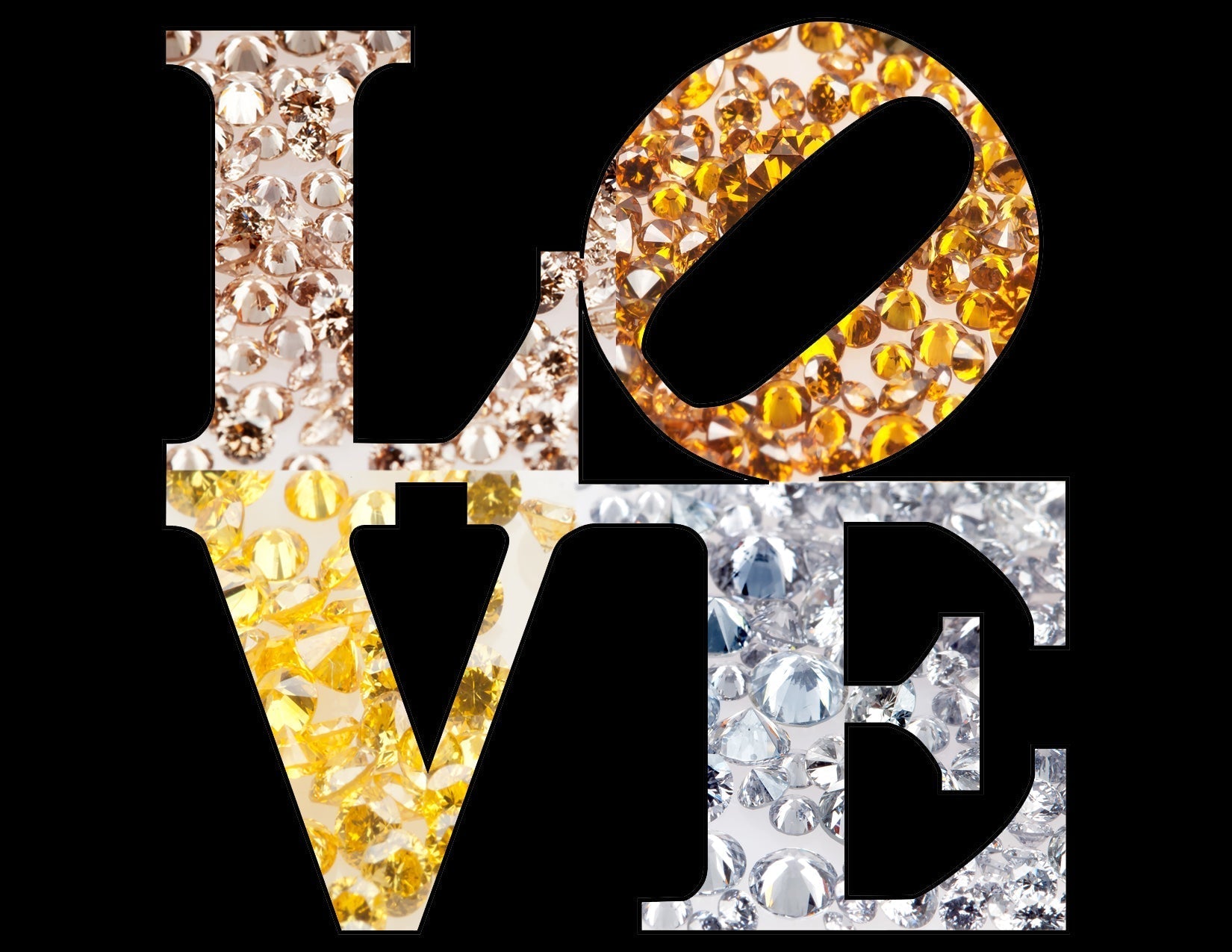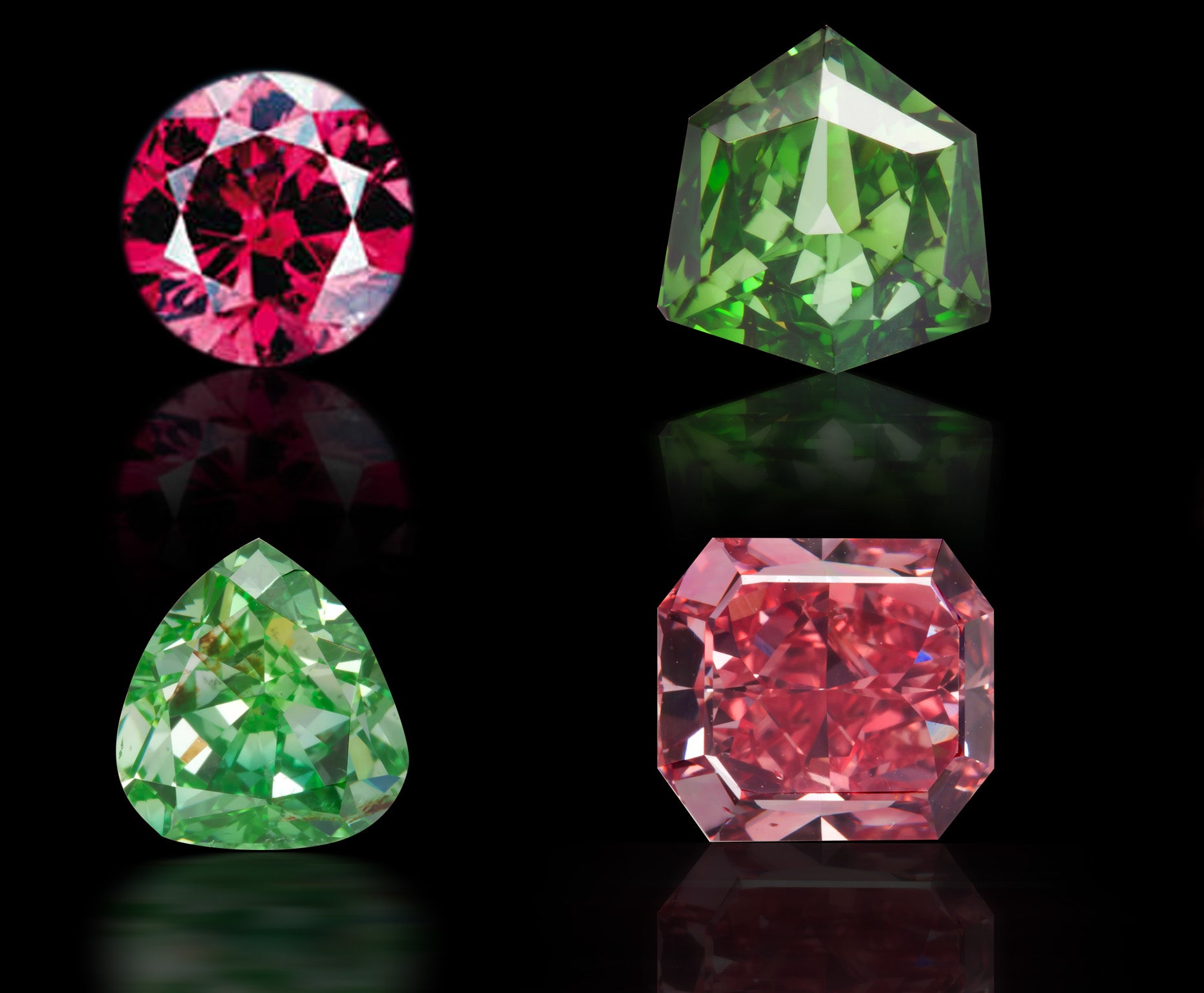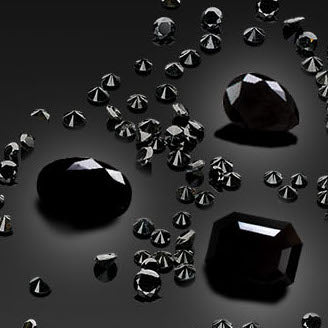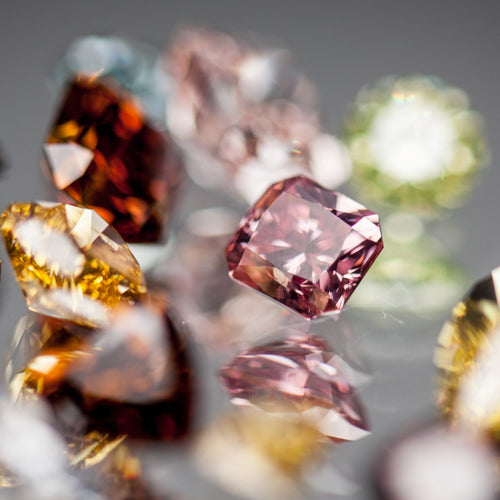





Unlock the Rainbow: How to invest in Fancy Color Diamonds

Treasured by their captivating brilliance and enigmatic tones, Fancy Color diamonds are becoming increasingly popular outside of exclusive circles. Sourced to become the focal point of high jewelry pieces or acquired to be safely stored in the bank, both strategies will yield similar results: investing in an asset that increases value by being incorporated in sophisticated designs or, merely, by the passing of time.
There’s an aura of mystique that makes natural color diamonds an intimidating investment for most people. After all, besides the occasional headline about an exciting record-breaking auction in the news, there’s a lack of common knowledge about what color diamonds are and how their value is determined.
At Langerman Diamonds, we have over 60 years of experience cutting, polishing, and trading these fascinating stones; being able to see firsthand their exponential growth in value.
If you’re curious about the potential of natural color diamonds as an investment, keep reading this article where we’ll explore:
- What are natural color diamonds?
- Are color diamonds a good investment?
- Value-driving factors to know
- How to select a Fancy Color diamond
What are Natural Color Diamonds?
Brides to be around the world can tell you that the most desired diamonds are those closer to colorless, and less included. Also, the bigger the better, right? Afterall, that’s what every sales associate preaches and what most of the information online teaches. If you’re looking for an engagement ring, those are the key aspects to look for in order to make a smart purchase and select a stone with good resale value.
But that’s not the whole story. In fact, during their formation—which took millions of years—some lucky diamonds got to interact with a variety of trace elements which altered their crystalline structure. These are no ordinary imperfections, but outstanding color-giving inclusions.
Natural diamonds can display many different colors, which can either be pure or have secondary colors.
Each color can be linked to a specific trace element in the diamond’s composition. For example, Boron atoms are responsible for the blue color and nitrogen created Yellow diamonds.
A Brilliant Asset
Diamonds possess fantastic optical and physical qualities that have turned them into the most desired bridal gemstone in the world, and the preferred choice of jewelry houses to embellish their most luxurious pieces. But there’s another attractive feature beyond their beauty: diamonds are a portable store of wealth and an interesting alternative investment.
To understand the value of a specific stone, you must refer to GIA’s famous 4 C’s of quality: Carat, Color, Clarity, and Cut. Except for carat weight, each C is granted a grade that directly impacts the value of the diamond. (Laboratory reports describe these attributes following a standardized system, making the comparison between stones a very straightforward process.) Laboratory reports typically describe these attributes following a standardized system. However, certificates for Fancy color diamonds indicate color differently. Trained graders determine a defining hue and specify its tone and saturation using terms such as Fancy Light, Fancy Intense, Fancy Deep, Fancy Vivid, or Fancy Dark.
From our buying guide: The 4Cs of Natural Color Diamonds
As you probably guessed, Color is the most influential value factor for natural color diamonds. Because of the obvious focus on a single attribute, investing in natural color diamonds is more approachable to non-experts. You can be safe directing most of your attention to Color without worrying too much about what Clarity, Cut, or Carats bring into the mix.
Color adds extra rarity which translates into a less saturated market with more eager investors looking for exclusive, hard-to-get stones.
How to Select a Natural Color Diamond?
One thing you should know is Fancy color diamonds are cut not to minimize carat weight loss or to avoid inclusions, but to achieve an evenly distributed color. Some diamonds are recut in favor of obtaining a more saturated hue, such was the case for the Wittelsbach-Graff Diamond. Originally a 35.56 ct Fancy Deep Grayish-Blue stone, it was acquired by Graff and recut losing over 4.45 carats. The diamond currently weighs 31.06 ct and is now identified as a Fancy Deep Blue color with an outstanding IF clarity; an improvement from the previous VS1 grade.
The former example perfectly illustrates how Color reigns supreme against carat weight. But the good news is, you don’t need to invest millions on a 30 carat Fancy Color diamond for it to be a good investment.
Here are two things to consider when looking at buying a natural color diamond:
Saturation
Beauty lies in the eye of the beholder, but crowds dictate the markets. And in the world of color diamonds, intensity is desired. Faint and light colors tend to be more accessible. Going for subtle hues might allow you to invest in multiple or larger stones.
Origin
Pink diamonds used to be sourced almost exclusively from a particular area in Australia. The famous Argyle mine produced some extraordinary Pinks, but has been exhausted and is no longer in operation. Since its closing, demand for Pink diamonds has grown immensely and, accordingly, so have the prices.
Another favored region is Zimmi, a small town located in the rainforest of Sierra Leone. This locality is known for producing exceptional Canary Yellow diamonds.
Rarity

Fancy color diamonds are less common than colorless diamonds. Nonetheless, some diamond colors are harder to come by than others. Pink, Blue and Green are more scarce than Yellow and Brown. And Red is considered the rarest of all.
Discover the Moussaieff Red diamond in our Encyclopedia.
Invest in a Langerman Diamond
Investing in natural color diamonds can offer diversification benefits to a portfolio. Unlike traditional investments like stocks or bonds, diamonds are a tangible asset, providing a degree of stability in times of economic volatility. They can serve as a hedge against inflation and currency devaluation.
While the potential for profit is evident, it's important to approach investing in natural color diamonds with careful consideration:
- Expert Guidance: Seek advice from reputable jewelers or investment professionals with experience in the diamond market.
- Long-term Commitment: Natural color diamonds are best viewed as a long-term investment. Short-term fluctuations in value are possible, but the true potential is realized over time.
Our team will be happy to answer all of your questions and help find the perfect color diamond for you. At Langerman Diamonds we also offer bespoke services, to design and produce the most exquisite custom-made pieces.
—
Explore our online inventory at www.langerman-diamonds.com




















